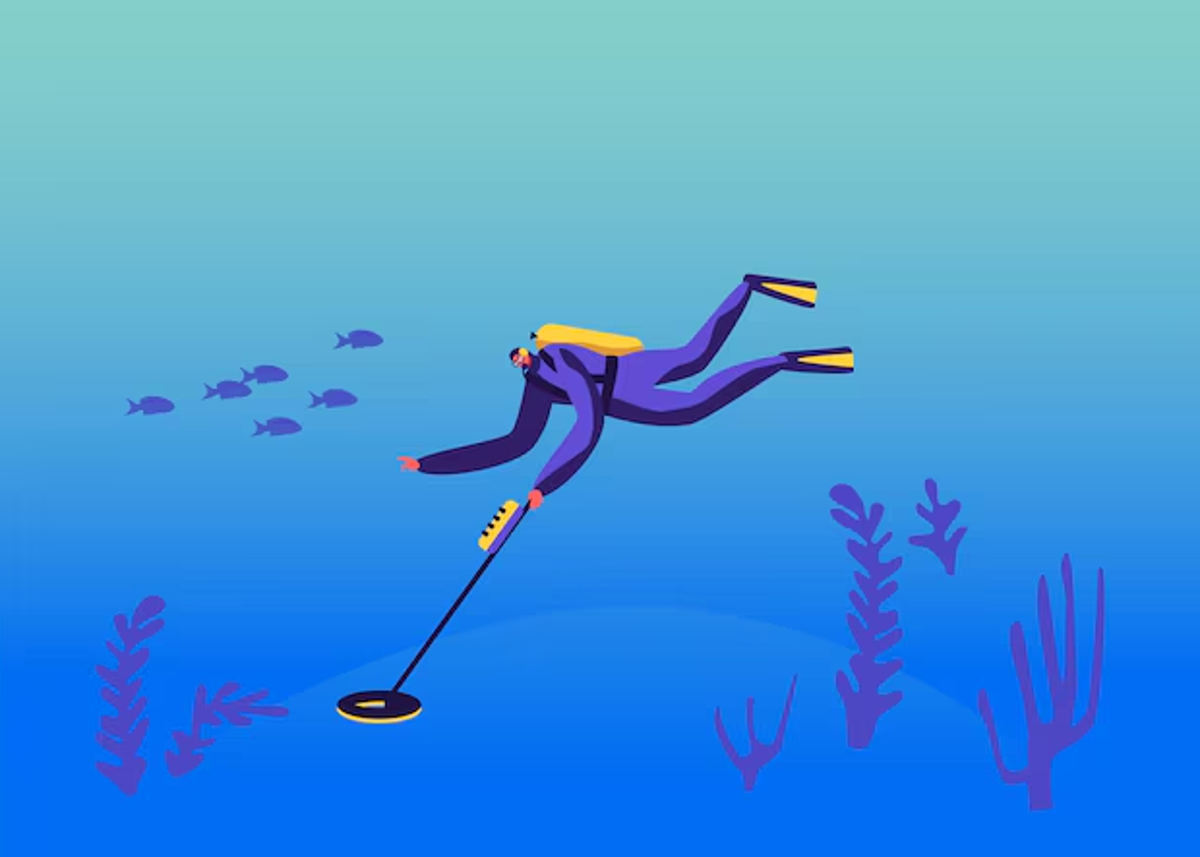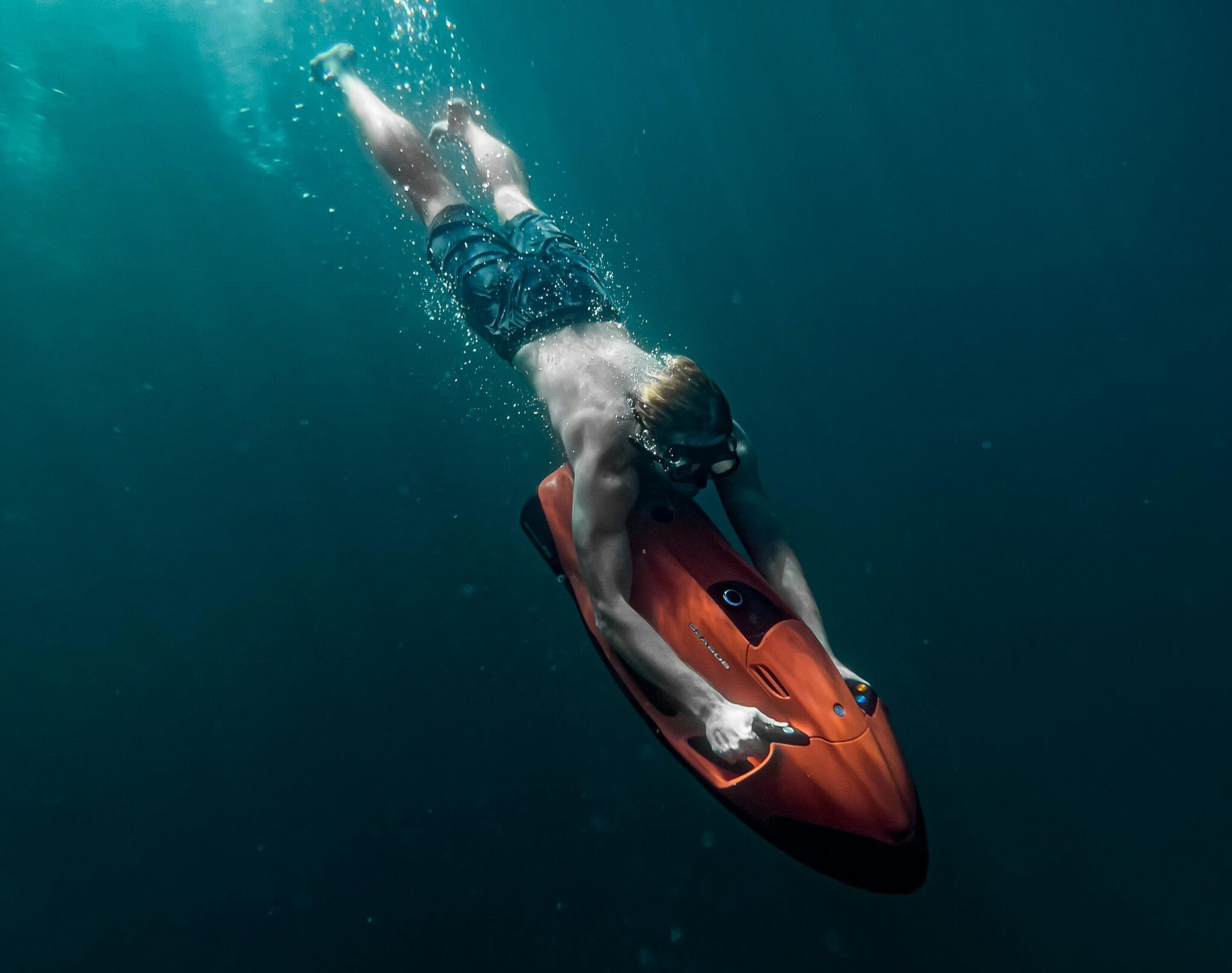

Underwater hockey is a remarkable and relatively obscure sport that combines the speed of ice hockey, the tactics of basketball, and the physical challenge of swimming. Originating in the cold waters of England during the mid-20th century, underwater hockey, also known as Octopush, has slowly grown into an international sport practiced by dedicated enthusiasts around the world. This article dives into the fascinating world of underwater hockey, detailing its history, how it is played, the equipment required, and its unique benefits and challenges.
The Origins of Underwater Hockey
Underwater hockey was invented in 1954 by Alan Blake, a British diver looking to keep his club active during the cold winter months when diving conditions were less than ideal. Initially called “Octopush,” the early game was a form of training and amusement among divers. The original version was played with a makeshift puck and old snorkeling masks, and it aimed to improve divers’ abilities to move and work efficiently under water.
How Underwater Hockey Is Played
Underwater hockey is played in a swimming pool with dimensions similar to those of a competitive swimming venue. The game features two teams, each typically consisting of six players. The players use a short, stubby stick, about the size of a banana, made of wood or plastic. The objective is straightforward — maneuver a heavy puck across the bottom of the pool into the opposing team’s goal. Goals are 3 meters wide and sit at opposite ends of the playing area.
The game is divided into two halves, each lasting about 10 to 15 minutes, with a short halftime break. Players wear snorkeling masks, fins, and a snorkel, allowing them to swim quickly and stay submerged as long as their breath allows before surfacing for air.
Essential Equipment
The equipment used in underwater hockey is specialized, designed to protect players and enhance their ability to play under water:
- Stick: Small, to allow quick handling and maneuverability.
- Puck: A heavy puck that sinks to the bottom of the pool, typically made of lead and coated with plastic.
- Mask, Snorkel, and Fins: Standard snorkeling equipment, adapted for agile movement and extended use.
- Gloves and Ear Protection: Gloves protect the hands from the rough pool bottom and the puck, while ear guards attached to the water polo caps protect against potential impacts.
Skills and Strategy
Underwater hockey requires a blend of physical fitness, breath control, teamwork, and strategy. Players must be adept swimmers, able to handle the puck with precision while managing their breathing as they dive to the pool floor. Team strategies often involve positioning, much like basketball or hockey, with players assigned roles such as forward, defense, or goalkeeping.
Benefits and Challenges
One of the greatest benefits of underwater hockey is its intense physical demand, providing a full-body workout that improves aerobic and anaerobic fitness, agility, and strength. Additionally, the sport fosters a strong sense of community among players and teams, bound together by the niche nature of their sport.
However, the sport faces challenges, including limited awareness and accessibility. Finding a local team or a pool equipped for underwater hockey can be difficult, and the sport demands both swimming skills and a level of physical fitness that may not be suitable for everyone.
The Global Reach of Underwater Hockey
Despite its challenges, underwater hockey has a loyal following, with clubs and national organizations across continents, from the United States to New Zealand. The sport also enjoys international competitions, including the Underwater Hockey World Championship, which attracts teams from around the world to compete at the highest level.
Underwater hockey is a testament to human creativity and the desire for unique sports experiences. It offers a thrilling blend of physical challenge, strategic depth, and team dynamics, all taking place beneath the surface of the water. As more people seek out distinctive and rewarding activities, underwater hockey is poised to grow, continuing to captivate those who are willing to dive deep into its underwater plays.





